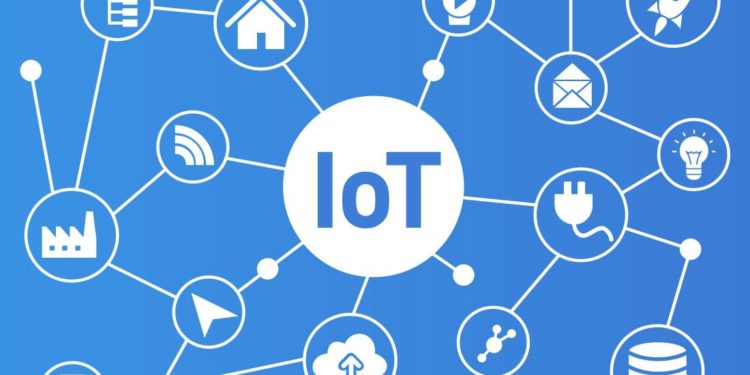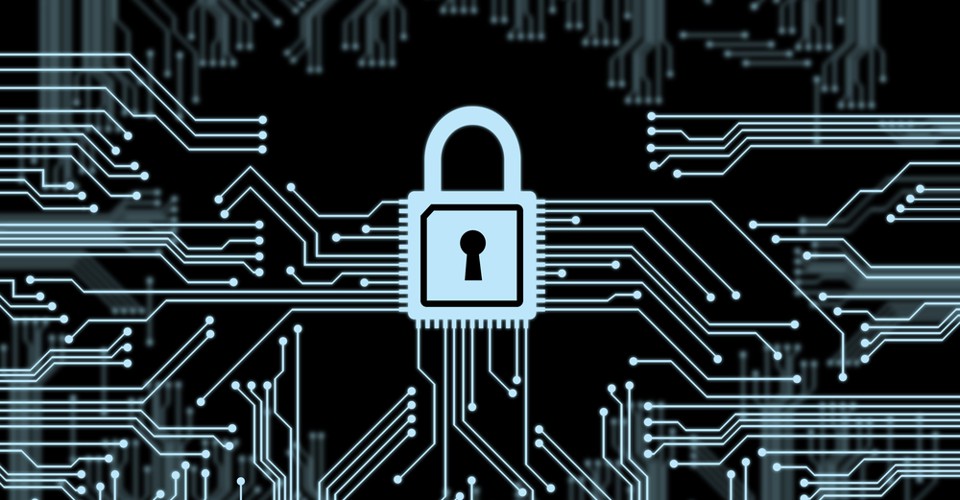The security of IoT devices is still a challenge. The market itself is still young and many new devices are popping up every now and then. Securing this market will take quite a few years and before then, there is going to be a huge surge in cybersecurity issues. Not many people are aware of this though. The excitement that comes with new technologies has taken over the market and innovation is taking the leading light. Innovation is not bad, but security is the one thing being sacrificed to pave way for the fast-moving technology.
How is the IoT sector looking like currently?
Currently, the IoT market is bubbling with new devices coming from every corner. While the pace of production of smart devices has peaked in recent years, IoT as a technology goes back at least two decades. The technology was however held back by the slowly advancing networking technology. Today though, interconnectivity has made IoT devices become quite practical. Organizations and individual consumers are finding smart devices to be convenient and efficient in the modern day.
With the benefits of IoT devices being almost surreal, companies looking to save costs have embraced the technology with open arms. The truth about smart devices is that they not only come with fast speeds but they also come with energy-efficiency and other factors that make them the right gadgets for the modern world. The problem is that they are not secured properly. Manufacturers have concentrated on the benefits of the devices while forgetting the challenge of insecurity. Attackers today use sophisticated methods to intrude into smart devices.
VpnTesting.com – the company which has detected leaks in various commercial cybersecurity providers among Hola VPN and F-Secure notes that many smart device users focus on securing their networks and not everything else. What this means is that there is a loophole in the IoT devices themselves which attackers can exploit.
How big of a risk is there for IoT devices?

When it comes to analyzing the level of risk involved in the largely unsecured IoT device market, the statistics play a huge role. There are already billions of IoT devices in the market which are connected to the internet. This number will grow to over 125 billion by 2030. Going by these statistics, it is easy to see that the security risk also lies in the high percentiles. With a large pool of interconnected computers, security risks can range from mild issues to major threats. There have been many instances where hackers have demonstrated that they can view all devices connected to a particular network. By having the ability to identify different machines in a network, hackers can also intrude and exploit weaknesses in some of the devices.
The weak nature of networks
The fundamental challenge that faces IoT devices comes from networks. In a network, the different interconnected devices can be able to ‘see’ each other. This is because the whole network is shared between all the devices. If there is an unsafe entry point in the network, a rogue device can enter the network and be a source of hacking attacks. Securing huge networks is thus not a matter of tackling the infrastructure only. It is also a process that involves ensuring that each of the devices connected on the network has robust security themselves.
Today, the instances of cybersecurity flaws in the IoT realm are not very many. But they are becoming more and more common with each passing year. In a not too distant future, these issues will be very common. Depending on how they are handled today, they might either turn out to be critical or manageable. The key to ensuring a safe IoT space is by investing in the various aspects of security today. The security of devices will ultimately have to start right inside each device and then move on to the overall infrastructure.
Summary
The nature of cybersecurity is still evolving. The entrance of IoT in the market has barely brought to light the common flaws that have been around in smart devices. Many of the flaws that exist in smart devices are often overlooked by both consumers and manufacturers. It will have to take a conscious effort to fix the flaws that come with IoT devices if the future of this technology is to be secured.



